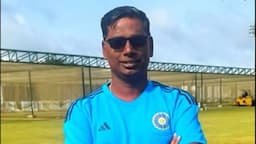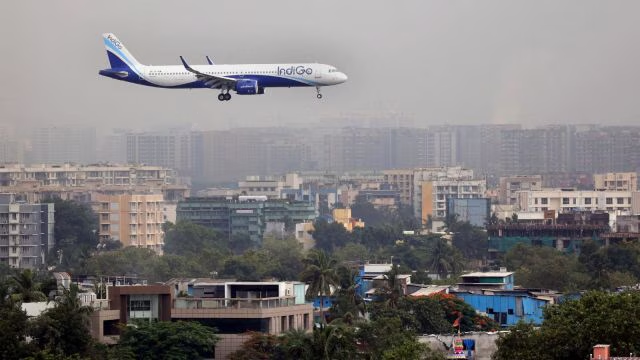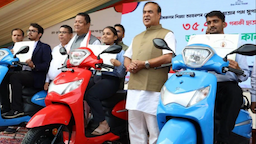NJAC: What is it?
The proposed law:

The NJAC Act of 2014 and the 99th Constitutional Amendment Act of 2014 created the National Judicial Appointments Commission (NJAC). Its goal was to establish a multi-stakeholder framework for selecting justices to the Supreme Court and High Courts in place of the collegium system.
NJAC's members include the Chief Justice of India (Chairperson), two of the Supreme Court's most senior judges, a Union Law Minister, and two distinguished individuals chosen by the Prime Minister, the Chief Justice of India, and the Leader of the Opposition, along with one representative from SC, ST, OBC, women, and minorities.
Reasons for the Invalidation of NJAC:
A five-judge panel (4:1) ruled in 2015 that NJAC was unconstitutional due to its violation of the Basic Structure Doctrine. The Court pointed out that NJAC's provisions permitted executive intervention through veto powers and that the judiciary's appointment priority is essential to the fundamental framework. The law was rejected due to worries about judicial independence and the possibility of impasses.
Justification for the Need for NJAC in India:
Collegium Lack of Transparency: Justice Ruma Pal highlighted the collegium's opacity and lack of accountability, calling it a "well-kept secret."
Political Consensus on NJAC: There is broad bipartisan support for the legislation, as it was ratified by 16 state legislatures and passed with a sizable majority in Parliament.
Growing Nepotism Allegations: The collegium's alleged lobbying and favoritism pose a threat to the fairness and merit standards for judicial appointments. Diverse perspectives are necessary because bringing in notable people could help counteract internal biases and introduce outside perspectives.
Dysfunctional Collegium: Justice Kurian Joseph, who voted in favor of the NJAC case's majority, later apologized for its cancellation, pointing to ongoing problems with the collegium's functioning. The judiciary maintains its primacy as a fundamental component of the basic structure, making any reversal unlikely without careful negotiation. This is one of the challenges to restoring NJAC.
Concerns Regarding Veto Powers: There were worries about possible executive overreach due to the veto power given to non-judicial members. Selection Criteria Ambiguity: Concerns are raised by the lack of clarity surrounding the selection procedure for "eminent persons."
Risk of Stalemate: The NJAC's equal representation of judicial and non-judicial members could lead to deadlocks when making decisions.
Constitutional Issues: Restoring the NJAC will require judicial review and adherence to the basic structure doctrine.
Way Ahead:
Equitable Redesign: While maintaining transparency and putting in place the required checks, a new NJAC framework should give judicial authority top priority.
Constitutional Protections: To avoid deadlocks, NJAC provisions should be amended to limit veto powers or give the Chief Justice of India a casting vote.
Transparent Collegium Reforms: It is imperative to reform the collegium by making feedback reports and selection criteria publicly accessible, regardless of the NJAC's resuscitation.

Stakeholder Engagement: Involve the executive branch, the judiciary, legal experts, and civil society in developing a framework that is more generally embraced. Introduce supporting legislation for judicial accountability that addresses grievance resolution, performance reviews, and judge discipline.
In summary:
An important phase in the development of India's constitution is marked by the NJAC ruling. Maintaining judicial independence is essential, but reforms are required to restore public confidence in the appointment process. A reorganized NJAC that is based on openness and constitutional values might offer a workable solution.



.webp&w=3840&q=75)









